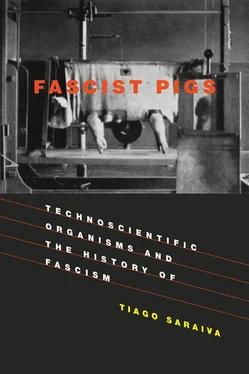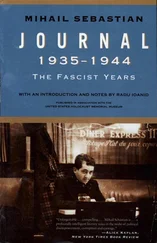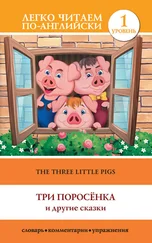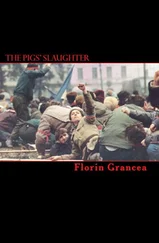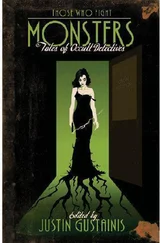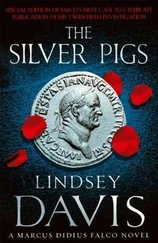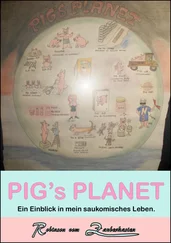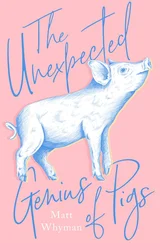Anna Zieba, “Das Nebenlager Rajsko,” Hefte von Auschwitz 9 (1966): 75–108.
Heim, Calories , pp. 133–149; Anna Zieba, “Das Nebenlager Rajsko,” Hefte von Auschwitz 9 (1966): 75–108; Lore Shelley, Criminal Experiments on Human Beings in Auschwitz and War Research Laboratories: Twenty Women Prisoners’ Accounts (Edwin Mellen, 1991).
Joachim Caesar was responsible not only for the Plant Breeding Kommando, but for the entire Rajsko camp.
I follow Zieba, Nebenslager Rajsko and the very informative report for the years 1942 and 1943 by Joachim Caesar, the SS officer responsible for the plant breeding operations at Rajsko: Joachim Caesar, Jahresbericht 1942/43 der Gruppe Züchtung, 19.1.1944, Bundesarchiv, NS19/3919: 16–69. Also, J Caesar, Bericht über die Maßnahmen die Pflanze 4711 betreffend, 2.8.1942, Bundesarchiv, NS 19/3920: 128–134.
Zieba, Nebenslager Rajsko , pp. 90–91.
Caesar, Jahresbericht, pp. 52–53. One of the experiment stations was located in Minsk, and another planned for Bauska, 72 kilometers south of Riga. Efforts were also undertaken to put in place one for southern climates similar to the ones of the Dark Sea. A large plot in southern France was considered for this effect. Stahl, also mentions in his report of 1943.
Pohl to Himmler, Kok-sagys, 12.2.1943, Bundesarchiv, NS 19/3920, p. 122.
See Longerich, Himmler , pp. 684–686.
Finlay, Growing American Rubber , pp. 205–207.
Clarence-Smith, The Battle for Rubber ; F. M. Rogers, “Wartime production of plantation rubber in Tanganyika territory,” in East African Agriculture: A Short Survey of the Agriculture of Kenya, Uganda, Tanganyika, and Zanzibar, and of Its Principal Products , ed. J. K. Matheson and E. W. Bovill (Oxford University Press, 1950).
For biographical data on Quintanilha, see A. Fernandes, “Prof. Dr. Aurélio Quintanilha,” separata do Boletim da Sociedade Broteriana , volume XXXVI, 1962; Maria L. A. Neves, Homenagem a Aurélio Quintanilha (Câmara Municipal de Lisboa, 1992); João Medina, “Entrevista com Aurélio Quintanilha,” CLIO 4 (1982): 121–132. Though not as many scientists fled Portuguese fascism as fled Nazi Germany, historians have justifiably insisted in exploring in detail the research lines, especially in physics, that were abandoned because of political repression. The best-documented case is the expulsion of 21 university professors in 1947. The expulsions were justified by the involvement of scientists in a plot to overthrow Salazar’s government. See Júlia Gaspar and Ana Simoes, “Physics on the periphery: A research school at the University of Lisbon under Salazar’s dictatorship,” Historical Studies in the Natural Sciences 41, no. 3 (2011): 303–343; Maria Fernanda Rollo, Maria Inês Queiroz, Tiago Brandão, and Ângela Salgueiro, Ciência, Cultura e Língua em Portugal no Século XX: Da Junta de Educação Nacional ao Instituto Camões (Imprensa Nacional Casa da Moeda / Instituto Camões, 2012).
Quoted on page 112 of Rollo et al., Ciência, Cultura, e Língua .
On the figure of Eusebio Tamagnini and his Coimbra context, see Gonçalo Duro dos Santos, A Escola de Antropologia de Coimbra, 1885–1950. O que significa seguir uma regra científica? (Imprensa Ciencias Sociais, 2005).
Medina, “Entrevista com Aurélio Quintanilha.”
José Negrão, Cem Anos de Economia da Família Rural Africana (Promédia, 2001); Malyn Newitt, A History of Mozambique (Hurst, 1977); William Gervase Clarence-Smith, O III Império Português (1825–1975) (Teorema, 1985); Patrick Harries, Labour Migration from Mozambique to South Africa: with special reference to the Delagoa Bay hinterland, c. 1862 to 1897, PhD dissertation, University of London, 1983; Leroy Vail and Landeg White, Capitalism and Colonialism in Mozambique: A Study of Quelimane District (Heinemann, 1980); José Capela, O Imposto de Palhota e a Introdução do Modo de Produção Capitalista nas Colónias (Afrontamento, 1977).
Valentim Alexandre,”Ideologia, economia e política: a questão colonial na implantação do Estado Novo,” Análise Social (1993): 1117–1136.
Acto Colonial , Decreto 18570, 8/7/1930.
On the importance of cotton for Portugal’s economy, see M. Anne Pitcher, Politics in the Portuguese Empire. State, Industry and Cotton, 1926–1974 (Clarendon, 1993); Carlos Fortuna, O Algodão de Moçambique, Portugal e a Economia-Mundo (1860–1960) (Afrontamento, 1993); Joana Pereira Leite, La formation de l’économie coloniale au Mozambique (EHESS, 1989).
Allen Isaacman, Cotton Is the Mother of Poverty. Peasants, Work, and Rural Struggle in Colonial Mozambique, 1938–1961 (Heinemann, 1996).
Nelson Saraiva Bravo, A Cultura Algodoeira na Economia do Norte de Mocambique (Junta de Investigações do Ultramar, 1963); Isaacman, Cotton Is the Mother .
Pitcher, Politics in the Third Portuguese Empire , pp. 114–136.
Isaacman, Cotton Is the Mother of Poverty .
Pitcher, Politics in the Third Portuguese Empire , pp. 252–253.
Eduardo Mondlane, The Struggle for Mozambique (Penguin, 1969).
On the first phase of the center, see A. Quintanilha, “Introdução,” in Trabalhos do Centro de Investigação Científica Algodoeira (Minerva, 1948), pp. 3–10.
Mário de Carvalho, “Resultados de Experimentação Algodoeira em Moçambique,” Agronomia Lusitana XI (1949): 249–375.
For an early account of soil erosion problems related to cotton, see Domingos H. Godinho Gouveia “A cultura do algodão nas suas relações com o problema da erosão do solo na Colónia de Moçambique,” Trabalhos do Centro de Investigação Científica Algodoeira (Minerva, 1948).
Soon the scientists of the Cotton Center were making surveys for the rest of Portugals colonial territories. See Centro de Investigação Científica Algodoeira, Esboço do Reconhecimento Ecológico-Agrícola de Moçambique (Imprensa nacional de Moçambique, 1955).
António Jose da Silva Teixeira, “A Estação Experimental Algodoeira de Namulonge, Uganda,” Separata Gazeta do Agricultor , 1955: 1–31.
Aurélio Quintanilha, Manuel Guerreiro Beatriz, Luiz Salazar d’Eça, “Variedades de Algodão Cultivadas em Mocambique,” in Trabalhos do Centro de Investigação Cientifica Algodoeira (Minerva, 1948); P. Pereira Carvalho, 25 anos de melhoramento algodoeiro em Moçambique 1952/1976 (Instituto de Investigação Agronómica de Moçambique, 1976).
Isaacman, Cotton Is the Mother of Poverty , p. 44.
Читать дальше
